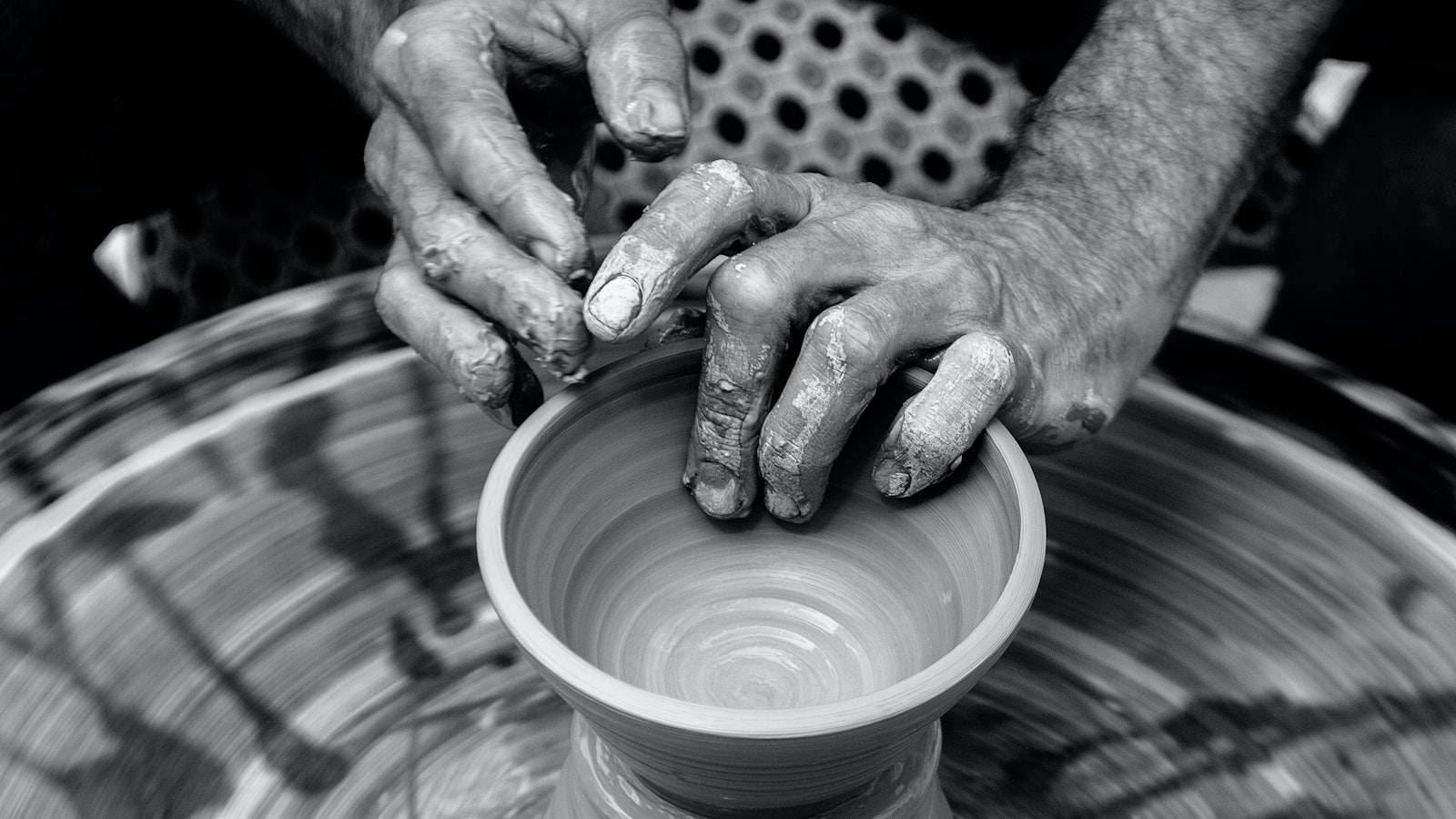Sam Smyth
Sam Smyth’s art bursts with colour and energy. His playful, dreamlike geometric paintings push the boundaries of composition, drawing on influences such as Op-Art and British Constructivism. He says, ‘I want to stretch the material possibilities of paint and celebrate the unique qualities of paint and what paint can do: the visceral experience of colour, the sublimity of scale, and the meditative moods evoked by composition and texture.’ A rising star in the contemporary scene, he is represented by Maddox Gallery and already making waves in international exhibitions. Follow him.
Touils
Morroccan-born, Dubai-based artist Touils is entirely self-taught – a fact that arguably might have informed the warmth and joy that pulsates through his work. Working on large scale canvases, he draws from the French Impressionists, his depictions of the culture and landscapes vibrantly alive whilst feeling familiar and unfamiliar all at once. Represented by Maddox Gallery, he is already garnering international attention. We are invested. Follow him.
Deborah Segun
Deborah Segun’s paintings are celebrations of form and identity. The Nigerian-born, London-based artist first studied fashion in Florence before pivoting into fine art – and couture’s loss is very much the artworld’s gain. Her figurative work reimagines the human form, celebrating its glorious diversity with bold shapes and vibrant colours, resulting in portraits that feel alive with energy. Segun’s use of exaggerated proportions and fragmented forms invites viewers to reconsider traditional notions of beauty and representation. Having had exhibitions at Beers London and Maddox Gallery, her work is making waves across the global art scene. Follow her.
Kathryn Croxson
Little by little, Australian-born Kathryn Croxson is transforming Oxford’s empty shopfronts into vibrant canvases, breathing life into forgotten spaces (we discovered her work just before Christmas as she, and fellow artists, transformed a closed-down city centre shop window into a festive scene that was redolent of joy). With a background in graphic design, architecture and fashion, Croxson’s practice draws inspiration from colour and travel, intertwining the two in dreamlike ways that find expression across public artwork and practical everyday items alike. Her site-specific installations, meanwhile, challenge the boundary between public and private art, the work not only beautifying these spaces but prompting passers-by to stop, reflect, and engage. Follow her.
Karolina Albricht
Karolina Albricht’s work is a testament to the enduring power of abstraction. Originally from Poland and now based in London, she creates textured, dynamic paintings that feel as if they are in motion. Her work blends bold gestural marks with delicate detail, offering a dialogue between chaos and control. Albricht’s paintings are deeply physical, inviting viewers to lose themselves in their layers and nuances. Represented by JGM Gallery and Tagli Gallery, she is fast becoming a name to watch. Follow her.
Jess Allen
We love the subtlety, the shadow play and the quiet domesticity that is woven through Jess Allen’s work. Based in West Cornwall, her paintings, which often focus on what is absent rather than present, are intimate, atmospheric and enchanting. As Art Edit magazine writes, ‘Composing pared-back interior scenes featuring tableaus of silhouettes and shadow, the artist ( Allen ) seeks to capture a moment in time without resorting to a conspicuous or distinct narrative. Natural light falls from above onto familiar domestic scenes, where closely cropped views of couches and stacks of books are overlaid with shadow figures – indeterminate and unnamed portraits that stand just out of view.
Allen does not name these figures, instead hoping that the audience can impute their own experiences and desires on their indistinct forms. By using the interplay of light and shade, the artist elevates her subjects to an archetype or allegory, to be understood by her audience using their personal experiences.’ There is something haunting about these works that has us coming back again and again to gaze. Follow her.





